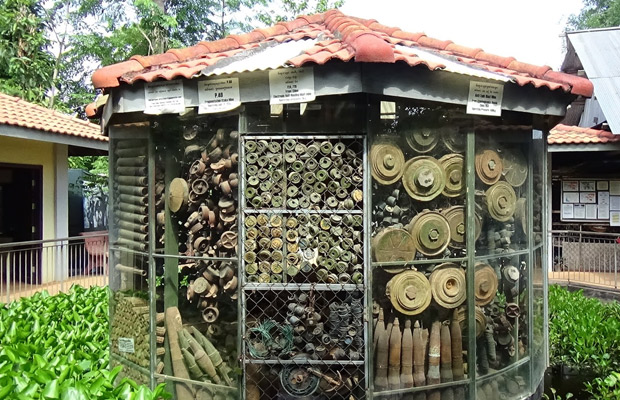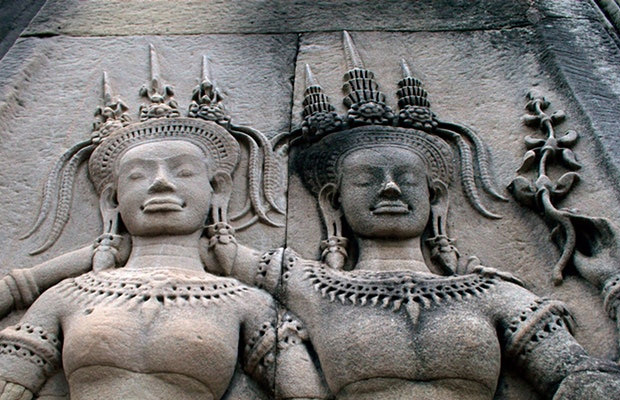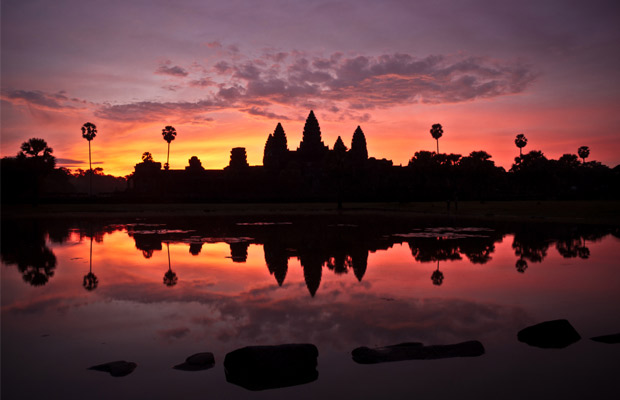Cambodia Landmine Museum
The Land Mine Museum is run by Aki Ra, a former child soldier and layer of Khmer Rouge land mines. He began by transforming the garden of his house into a museum of mines and other ammunition. The museum is now located in a built site about 19 km from Siem Reap in the direction of Banteay Srei.
The Land Mine Museum is run by Aki Ra, a former child soldier and layer of Khmer Rouge land mines. He began by transforming the garden of his house into a museum of mines and other ammunition. The museum is now located in a built site about 19 km from Siem Reap in the direction of Banteay Srei.
A humbling experience that also supports an amazing cause. Check out many of the land mines that Aki Ra and his team collected throughout Cambodia on their demining mission.
Aki Ra is a former Khmer Rouge conspiracy soldier who works as a deminerating curator and museum in Siem Reap, Cambodia.
Aki Ra is not sure of his age, but believes that he was born in 1973. His parents were killed by the Khmer Rouge. Orphaned in the Khmer Rouge camp, he was taken by a woman named Yourn who raised him and several other orphaned children until he was recruited into the Khmer Rouge army at about 10 years of age.
Mae Yourn (Mother Yourn), who lived and worked at the Land Mine Museum in Cambodia, died at the age of 66 in April 2010 due to complications of diabetes.
Aki Ra fought for the Khmer Rouge until 1983, when he was captured by the Vietnamese. He was recruited into the Vietnamese army in the threat of his life while still a boy. He later served the Cambodian army as a teenager and later received mine-clearing training at the United Nations.
Having placed thousands of land mines as a soldier and working for the UN to remove them, he discovered that he was quite adept at clearing land mines and UXOs, and he decided to make it his trade.
Not having demining tools, he used a knife, a leatherman and a stick. He would disarm the land mines and explosive devices he found in small villages and take the empty carcasses home. Sometimes he would sell them as junk to help finance his work.
Tourists began to hear stories about a young Khmer who cleared the land mines with a stick and had a house full of disabled gadgets. Aki Ra started charging a dollar to see his collection, using the money to further assist his activities. So began the Cambodian Mine Museum.
Aki Ra cleared the land mines where he had fought when he heard of an accident, or when village chiefs and farmers called him at the museum and told him about mines in their villages and asked for his help.
While working in these villages, he encountered many injured and abandoned children. He took them home to live with him and his wife Hourt. Some of the children who moved to their home were also street children from Siem Reap and Phnom Penh. Finally, he took home more than two dozen boys and girls.
The first child Aki Ra brought home was a 9-year-old boy who lost his leg to a landmine and was living in the street. His wife Hourt had no idea that Aki Ra would return with the little boy, but when he returned home she took the child to her family and said, "Look, now I have a son."
View Mores Temple Guide

Angkor Thom South Gate
The south gate of Angkor Thom is more popular with visitors as it has been fully restored and many of the heads (mostly copies) remain in place. The gate is on the main road to Angkor Thom from ...
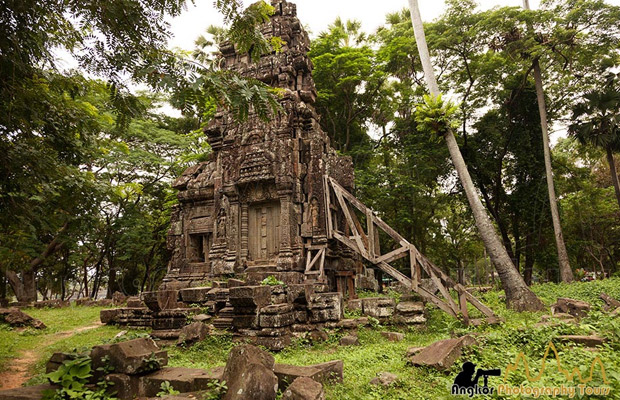
Ta Prohm Kel
Ta Prohm Kel (Khmer: Prasat Prasat or Prasat Prasat) is a small ruined sandstone monument in the archaeological park of Angkor, Siem Reap province, Cambodia. Ta Prohm Kel was one of the 102 hospital ...
.jpg)
Angkor Wat Temple
Since the "discovery" of the temple of Angkor Wat, released in the mid-19th century, it was described as the largest religious building in the world and is rightly spoken as one of the wonders of the ...

Angkor Thom West Gate
The sidewalk at the west gate of Angkor Thom collapsed completely, leaving a heap of ancient stones coming out of the ground like victims of a terrible historical ...
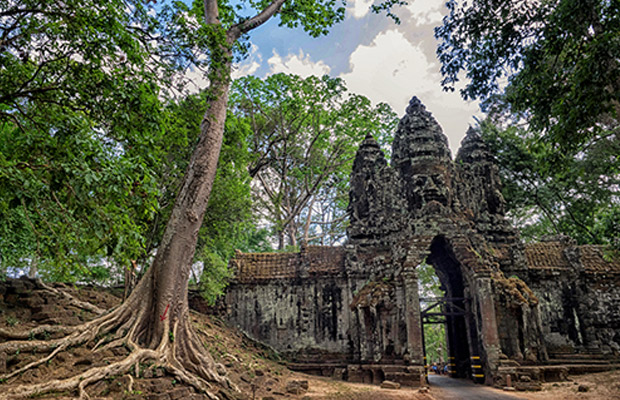
Angkor Thom North Gate
Out of 5 gates giving access to the royal Khmer city of Angkor Thom, only two are heavily trafficked. Being on the Petit Circuit through the Angkor Archaeological Park, the South Gate (the busiest ...
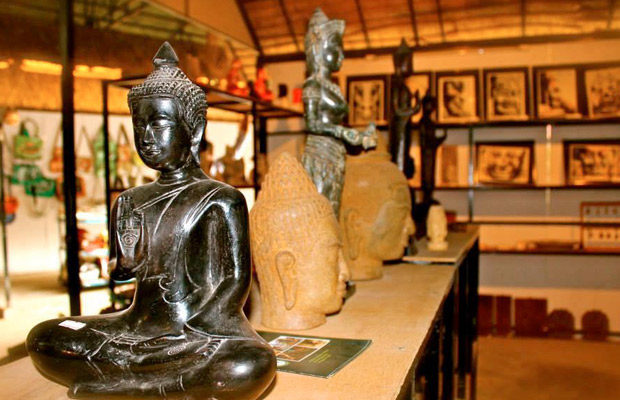
Angkor Handicraft 1
Angkor Craft 1 How to go: 1.5 km (5mn) from the provincial city. Location: Description: Location: Stoeng Village Thmey, Sung Dongkom Commune, District ...
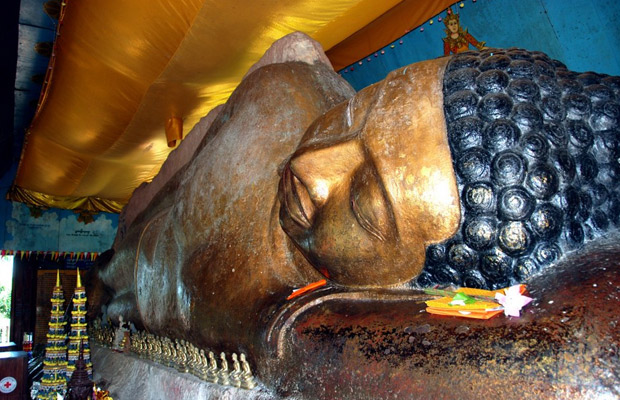
Preah Ang Thom
Preah Ang Thom (Khmer: ព្រះអង្គ ធំ) is an 8-meter tall statue of the reclining Buddha that strikes nirvana. The statue is carved into a huge sandstone rock. Preah Ang Thom is the ...

Banteay Chhmar
Banteay Chhmar (Khmer: បន្ទាយឆ្មារ) is a commune (khum) in the district of Thma Puok in the province of Banteay Meanchey in northwestern Cambodia. It is located 63 km north of ...
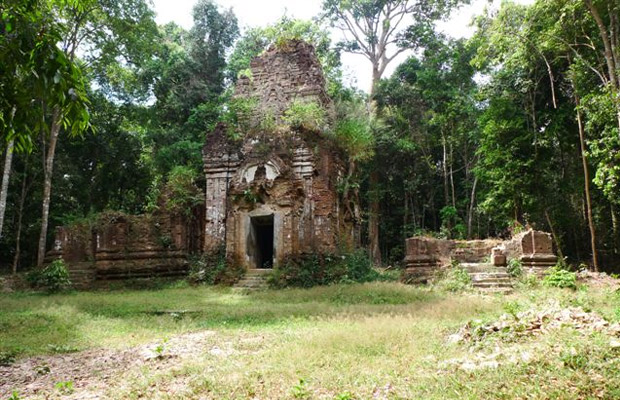
Prasat Damrei Krap
Prasat Damrei Krap is a temple with three towers. The main entrance is the east side. The condition of the central tower is relatively ...

War Museum
The only selling point here is that the museum encourages visitors to handle the old weapons, from an AK-47 to a rocket launcher. We're not sure what health and safety is, but it's a good choice for ...

Prasat Aur Pha On
The Orpong temple is one of the other temples in the Kulen mountains, such as Prasith Damrey Krab, Tzu Chi Chinese, etc., built on the throne of Jayavarman II. The temples are mostly built of ...

Ta Som
Ta Som is a small temple in Angkor, Cambodia, built at the end of the 12th century for King Jayavarman VII. It is located northeast of Angkor Thom and east of Neak Pean. The King dedicated the temple ...



